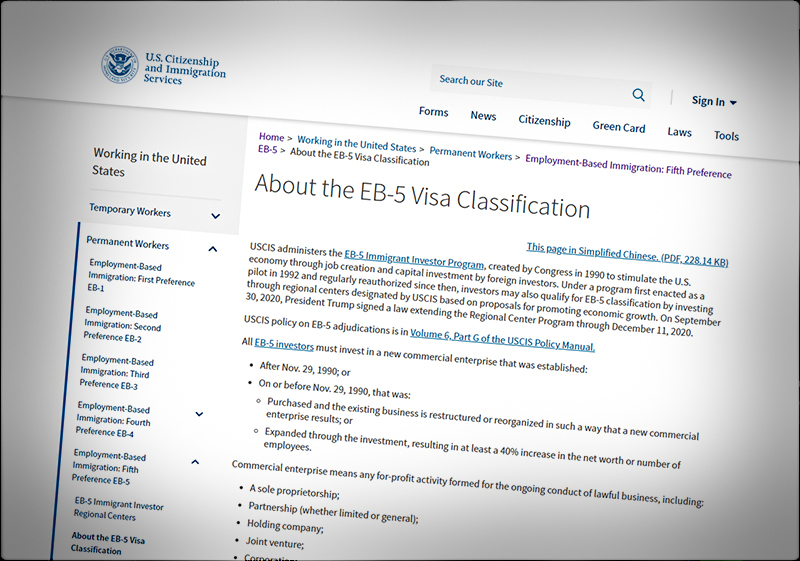
There are many ways a government agency can hide data without actually lying.
Today’s example comes from the EB-5 (immigrant investor) program, the main part of which is going to expire today (June 30) because of a lack of congressional support.
The scandal-torn EB-5 program has offered a family-sized set of green cards to aliens who invested at least $900,000 in a Department of Homeland Security identified financial deal, but one that was not guaranteed by that agency. Historically, while the program was supposed to be confined to depressed areas, the part of the program due to expire sent investments to glitzy downtown urban areas. The aliens, in turn, lent their money to real estate developers who rarely paid more than 1 percent for the loans.
Playing the middleman role in this process were entities licensed by DHS as regional centers, our subject for the day.
One way to measure the success of a government program is to note the number of players in it, and the growth or the shrinkage of those numbers. As we have noted here and here, the number of EB-5 regional centers that pool and re-invest the alien’s money kept shrinking for two reasons: 1) many center operators are losing interest in the program, which in the first quarter of this fiscal year was operating at about 1 percent of capacity; and 2) some others have been kicked out of the program for cause.
In December 2018, there were 880 of these regional centers (largely run by U.S. citizens), but by February of this year that number had fallen to 673, a drop of almost 25 percent in less than two and a half years. The Trump administration, which had mixed views of the program, used to report the new number of these centers about once every three months. (The Kushner family used the program extensively in their real estate ventures, but Sen. Chuck Grassley (R-Iowa), called for serious reforms in EB-5.)
Now, getting back to how an agency can fudge numbers without actually lying, we have the continuing question of how many EB-5 centers currently exist. How fast, in other words, is the program dying?
If you google the question, you get the government’s response of 673 regional centers as of January 7, 2021, as opposed to 544 of them that have gone out of business (as of February 2, 2021), that’s a pretty impressive death rate.
But since, January, silence as to the numbers.
One way that an agency can fudge numbers is to not report them at all, which is what we are seeing from DHS.
Another way of obscuring the numbers is by way of a definition. A current listing of all of the regional centers can be seen here, but there’s a catch. This is a state-by-state listing that covers 997 entities, but because many regional centers operate in more than one state the list is inflated. CIS intern Adam Morys helped me by eliminating the double and multiple listings, and there are 637 of them left.
That’s a decline of 36 from the January 7 figure shown above, or the loss of about one center every five days. That speaks unfavorably of the whole EB-5 program.
But the Biden administration won’t tell you that.
